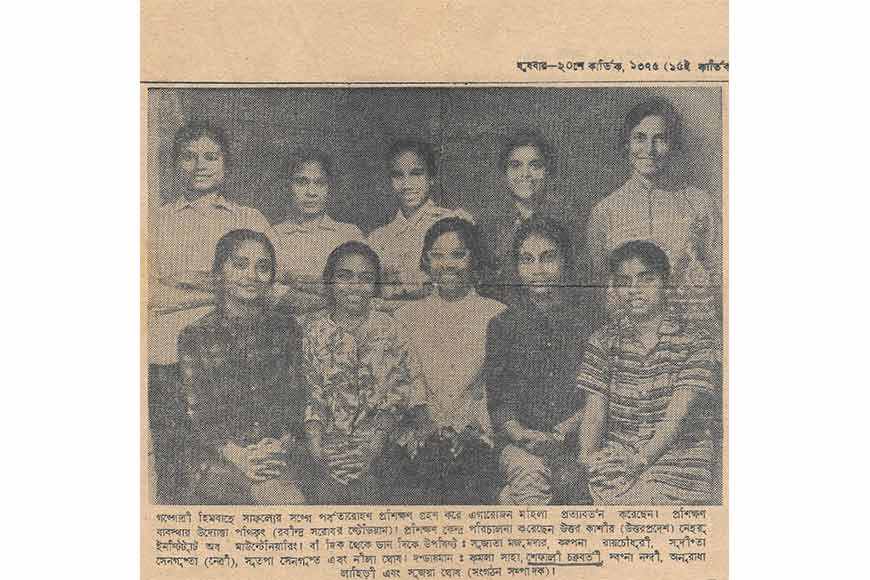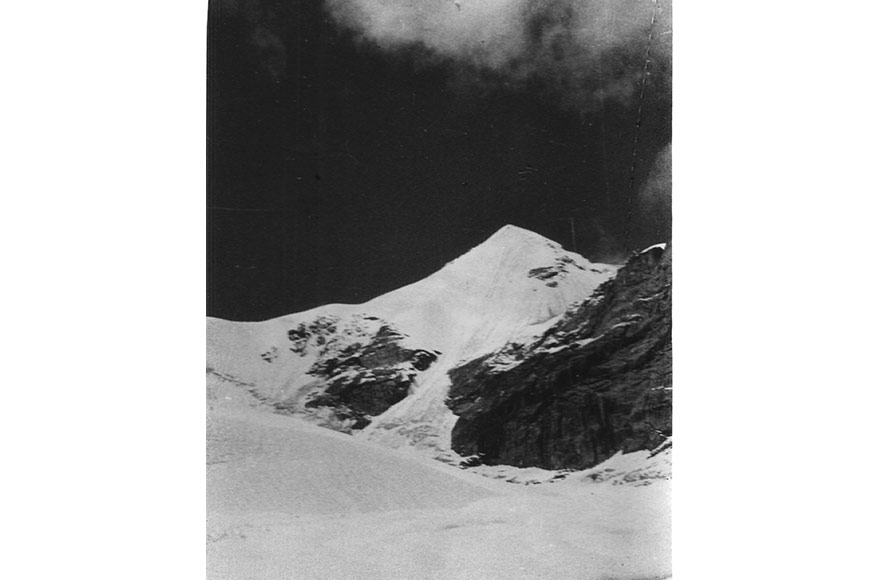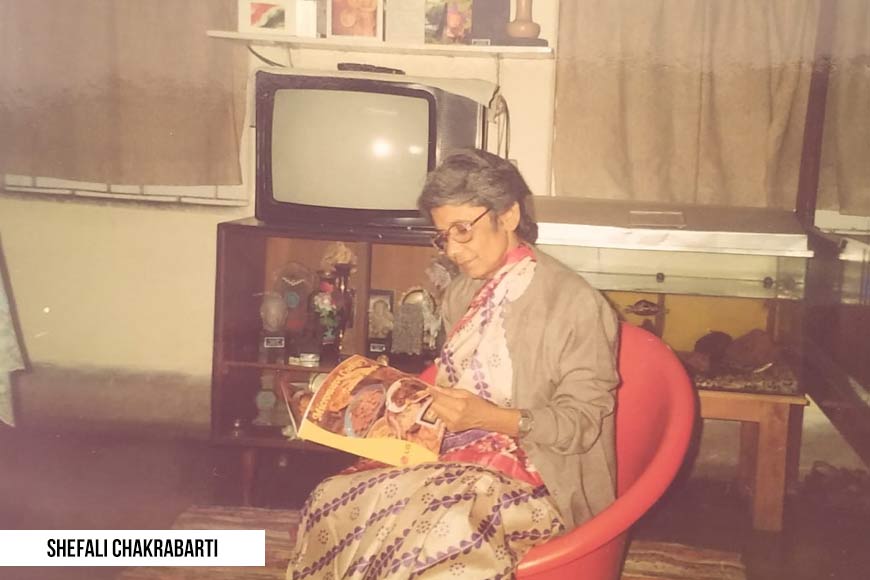Six Bengali women, and the mountain they named Lalana

TThe photograph has grown fuzzy with age, but the smiles of the confident young women are hard to ignore. Published in Bengali daily Jugantar on November 6, 1968, the photograph shows a group of 11 Bengali women who had returned to Kolkata from mountaineering training on the Gangotri glacier, in preparation for more arduous adventures.

Roughly two years later, six of those women would become part of an expedition to scale an unnamed peak in the Lahaul region of Himachal Pradesh. Standing 20,130 feet (6,135 m) tall, the peak had never been scaled until then. On August 21, 1970, expedition leader Sujaya Ghosh, and members Sudipta Sengupta and Kamala Saha summited the peak they had named ‘Lalana’ (woman in Bengali).
Five days later on August 26, Sujaya and Kamala were dead, swept away by the foaming torrents of an icy high-altitude stream, locally called Karcha. While Sujaya’s body was recovered, no trace of Kamala has ever been found.
Their powerful, incredible story has seldom been told. A couple of years ago, on the fiftieth anniversary of their ascent, summiteer Sudipta Sengupta - who later became one of the first two Indian women to set foot in the Antarctic in 1983 - recounted her memories in a detailed interview with a national media portal. However, she is the only one of the six who seems to have publicly told the story.
Yet another team member Shefali Chakrabarti (later Mukherjee), who miraculously survived the accident that killed Sujaya and Kamala, now lives a quiet life in Kolkata. Her brother Sekhar Chakrabarti, a retired engineer and one of India’s preeminent practitioners of vexillology (the scientific study of flags), has numerous stories of how his elder sister became a mountaineer in the first place, and how she came back from the jaws of certain death in Lahaul.

The 1960s and ’70s may have been an era of growth and development for a still young India, but a woman mountaineer was still a rarity. “I still remember the stir caused by my sister when she stepped out of our house in Kolkata in a shirt and trousers,” laughs Sekhar Chakrabarti.
These pioneering women have not been remembered. More than 50 years on, no other expedition has scaled Lalana. In her interview, Sengupta recalled how an attempt was made in 2018, but had to be called off owing to the numerous - and dangerous - crevasses en route, and the team could not progress beyond 18,000 feet.
To return to the photograph with which we began, from left to right you will see: Sujata Majumdar, Kalpana Roychowdhury, Sudipta Sengupta, Sutapa Sengupta, Neela Ghosh (all seated); and Kamala Saha, Shefali Chakrabarti, Swapna Nandy, Anuradha Lahiri, Sujaya Ghosh (all standing). These names have found little purchase beyond mountaineering circles, and yet they opened up avenues for women that nobody even knew existed.
These words from Sengupta’s expedition report may help you visualise just one part of what the all-woman team went through in their attempt: “At 5:30 am, we were confronted with a steep ice face with exposed hard ice, which was also an avalanche point.” This was at 18,373 feet, where the climbers were making their way across rocks and ice on an almost vertical rock-face. That they not only conquered this obstacle, but actually named the mountain, is a story that should be told across the nation.

International Women’s Day is about many things - but the desire to climb ever higher, no matter how tough the journey, perhaps ought to be chief among them.











